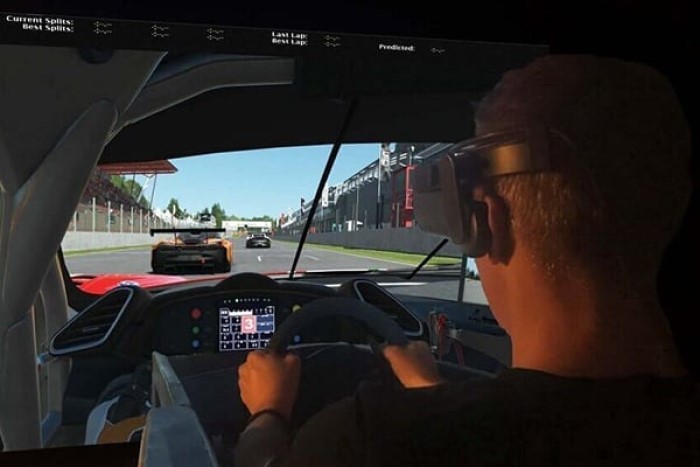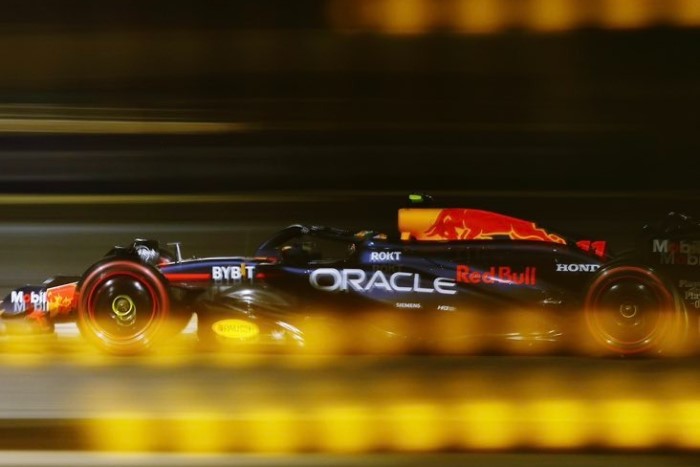More than 2,500 vehicles were in reported accidents last year when dazzling sun was a contributory factor, making it the largest cause of accidents when vision is affected by an external factor.
And with the sun now increasingly lower in the sky throughout autumn and winter, we're warning drivers of the dangers of being blinded by sunlight when driving in early morning or late afternoon and evening rush hour traffic.
However, a few simple precautions can help drivers stay safe on the road, particularly when blinded by sunlight. These include keeping the windscreen clean, replacing any faulty windscreen wiper blades and making sure the windscreen wash is regularly topped up.
Indeed, the accident figures from the latest Department for Transport in its Reported Road Casualties Great Britain Annual Report highlight that there were 2,700 vehicles in reported accidents when dazzling sun was a contributory factor affecting vision.
This is even more than when vision was affected by stationary or parked vehicles, dazzling headlights, spray from other vehicles, or rain, sleet, snow or fog.
Imran Malek, operations manager, said: "Dazzling sun can present a real danger to motorists, as highlighted by these latest Government figures.
"Autumn and winter, in particular, present their own challenges to drivers as the sun is lower in the sky, with even more potential to blind drivers especially early morning, late afternoon and evening."
Meanwhile, other contributory factors affecting visibility included windscreens or visors that were dirty, scratched or frosted, the road layout, such as a bend or hill crest, and vehicle blind spots.
Imran added: "Other simple steps to help avoid being in an accident at this time of the year when dazzling sunlight can present a danger include leaving more room if following another vehicle, using the visor to block out the sun, plus driving more slowly."





